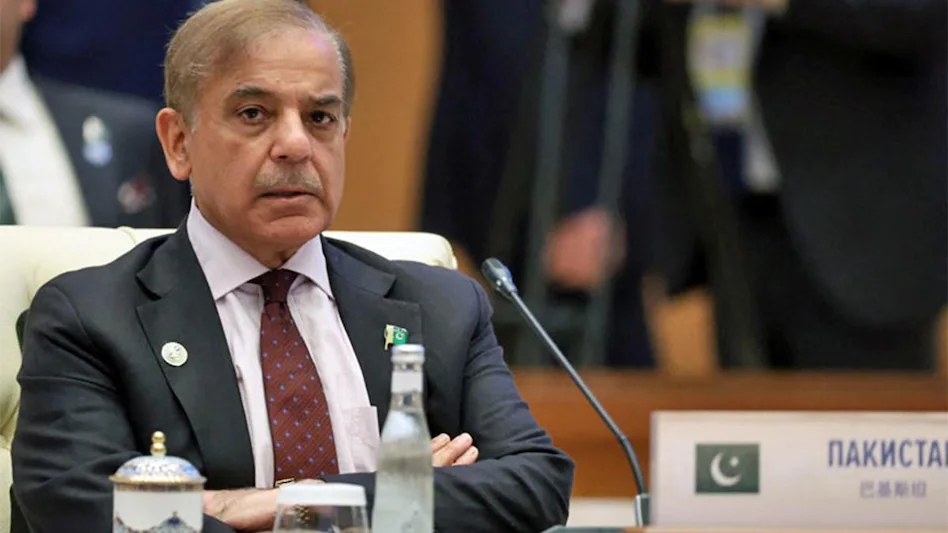ISLAMABAD: The current situation in Pakistan is the most difficult faced by the country in the last two decades, the South Asia Press reported, adding that the country, facing an economic crisis, political chaos, and rising number of terror attacks along the northwestern areas, has been drained of its resources.
Further, according to the report, the country’s economic deterioration has a direct impact on the public.
The floods in Pakistan came as a severe blow to the cash-strapped nation already grappling with high debt, the South Asia Press reported, adding that the country’s planning commission, agriculture, food, livestock, and fisheries sectors lost USD 3.7 billion in the floods with long-term losses estimated to be around USD 9.24 billion.
In December, 2022, inflation in the country stood at 24.5 per cent, almost double of 12.3 per cent from the previous year, the report said, adding that the common people were the most affected by the high flour prices amid the country’s worst-ever food crisis.
Many areas in Khyber Pakhtunkhwa, Sindh, and Balochistan provinces have even witnessed stampedes for grain and flour. Analysts fear the crisis will soon take petroleum products and basic essential items under its fold.
Some experts also hint at possible rationing of petrol and diesel in the next two to three months, ultimately hitting the trade and industry and even the agricultural sector, which needs diesel during the harvesting season, according to South Asia Press.
The twin deficits of the Budget and balance of payments have in the past been managed by reaching out to bilateral benefactors and multilateral institutions, the report noted further, adding that about half of the USD seven billion loan, extended by the International Monetary Fund (IMF) in 2019, has already been disbursed.
International agencies say the country’s problems are outcomes of governments constantly living beyond their means without raising domestic resources. The delay in the release of IMF’s next tranche is worsening the country’s problems, the report stated.
In the absence of any inflows from the IMF or friendly countries, the forex reserves with the country’s central bank dropped to USD 4.34 billion in the week ending January 6 which is the lowest since February 2014.
According to analysts, the reserves are not even enough to pay for one month of imports.
Islam Khabar recently reported that the ongoing financial crisis in Pakistan and the economic slowdown in China appear to have had bearing on the progress of the China-Pakistan Economic Corridor (CPEC) project.
The CPEC project that commenced a decade ago was seen as a harbinger of prosperity for Pakistan, the report said, adding that seven years later, many projects under the CPEC still remain non-starters while some of those being operational have become liabilities and are incurring losses. (ANI)
Also Read: Can Pakistan’s worsening economic crisis lead to its balkanization?







